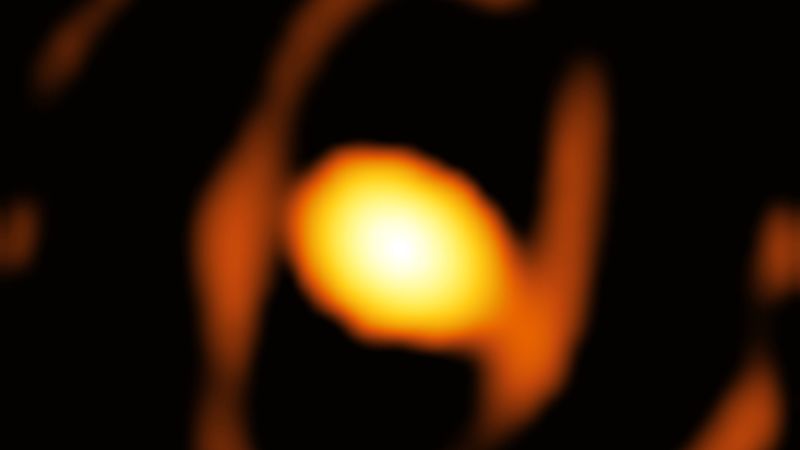
Bi-elliptic Transfer
Bi-elliptic transfer is a space trajectory that uses two elliptical orbits to transfer a spacecraft from one circular orbit to another with less propellant consumption compared to a Hohmann transfer. The transfer consists of three main phases: the first elliptical orbit insertion, the transfer ellipse insertion, and the second elliptical orbit insertion. The first and second elliptical orbits have the same apogee and perigee altitudes, while the transfer ellipse has a higher apogee altitude and a lower perigee altitude. The spacecraft is first injected into the first elliptical orbit, then transferred to the transfer ellipse using a delta-v maneuver, and finally inserted into the second elliptical orbit using another delta-v maneuver. Bi-elliptic transfer is advantageous for missions that require a large change in velocity, such as interplanetary missions or satellite transfers to higher orbits, as it reduces the propellant consumption and the overall mission cost.
Your Previous Searches
Random Picks
- High-strength Material: High-strength materials are materials that exhibit high strength and stiffness, as well as high resistance to deformation and fracture. In the context of space and astronautical engineering, high-strength materials are essential for the des ... Read More >>
- Viscoelastic Polymers: Viscoelastic polymers are materials that exhibit both viscous and elastic properties when subjected to mechanical stress or deformation. These materials have a complex molecular structure that allows them to dissipate energy through interna ... Read More >>
- Extraterrestrial Bodies: Extraterrestrial bodies refer to any object or entity that exists outside of Earth's atmosphere. This includes planets, moons, asteroids, comets, and other celestial bodies. The study of extraterrestrial bodies is an important aspect of spa ... Read More >>
Top News

Archaeologists discover 4,000-year-old canals used to fish by predecessors of an...
Using drones and Google Earth imagery, archaeologists have discovered a 4,000-year-old network of earthen canals in what’s now Belize...
News Source: ABC News on 2024-11-22

First close-up image of a star beyond our galaxy may reveal impending supernova...
Astronomers have taken the first close-up image of a star beyond our galaxy, and it’s a “monster star” surrounded by a cocoon as it slowly dies....
News Source: CNN on 2024-11-21

Bestselling author explains the science of happiness: "You can do the work"...
Bestselling author and Harvard professor Arthur Brooks opens up about how enjoyment, satisfaction and meaning in life can increase a person's wellbeing....
News Source: CBS News on 2024-11-18

November's full moon, known as the Beaver Moon, is the last supermoon of 2024. H...
November's full moon, known as the Beaver Moon, is the last supermoon of 2024. Here's when it peaks and why it's called the Beaver Moon....
News Source: CBS News on 2024-11-15

You can't put a price on the sense of awe particle physics inspires...
Astronomy and particle physics are no longer seen as vital by the US establishment, so funding has fallen. But our work creates a sense of wonder, and wonder matters, says Chanda Prescod-Weinstein...
News Source: New Scientist on 2024-11-13